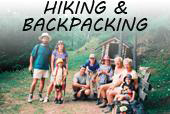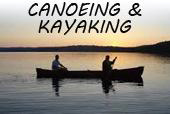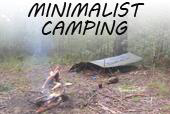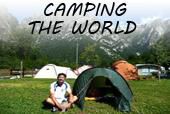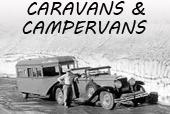In 1909, William D. Boyce, a Chicago publisher, lost his way in a deep fog while traveling in London. Along his way, a Boy Scout assisted Mr. Boyce to his destination, and refused to take payment for his help. According to history reports, this was the first time Mr. Boyce became familiar with Boy Scouts.
Before Mr. Boyce returned to the United States, he met with Robert Baden-Powell, who at the time was the Lieutenant-General in the British Army, and the founder of the Scout Movement.
Robert Baden-Powell was also a writer. He had written a military training guide for soldiers titled “Aids to Scouting for N.C.O.’s & Men” in 1899. He discovered that young boys and men were eagerly reading this book, and were interested in the techniques he wrote about. This initiated the beginning of scouting, which began in a self-governing and liberated form. It evolved as Baden-Powell traveled and initiated more interest.

The Scout Movement taught boys, originally ages 11-18, woodcrafts, knot tying, heroism, horse riding, big game hunting, target shooting, mountain climbing, and various training exercises. It was designed to increase knowledge, fitness, and character.
The first trial Boy Scout camp was held at Brownsea Island, Dorset, August 1-9th, during 1907. In 1908, the Scout Movement started in Australia, Belgium, Gibraltar, Ireland, Malta, New Zealand and South Africa. Later in 1909, the first Scout Headquarters opened in London, located at 116, Victoria Street. .
William Boyce returned to the United States and began Boy Scouts on February 8, 1910, which was formally incorporated by Congress in 1916. Through distributing scouting pamphlets and donating his own money, he helped Boy Scouts continue after its first failed year.
Scouting continued to attract new members, and started up in Antigua, Bahamas, and Portugal in 1913 and in Costa Rica, Malaysia, Nigeria and Uganda in 1915. According to history research, Girl Scouts were integrated on June 10, 1915, later officially chartered by U.S. Congress in 1950.
Interest in Boy Scouts grew rapidly, bringing memberships to 233,273 by 1920. The first Boy Scout Jamboree, which has been adapted into today’s scouting programs, was held in Olympia, London, England in 1920.
The “group” system, introduced in 1928, was not completely implemented until the 1930’s. The group system consisted of young people, divided into sections, under a leader. Groups continued their structured training and introduced scouts to wearing






